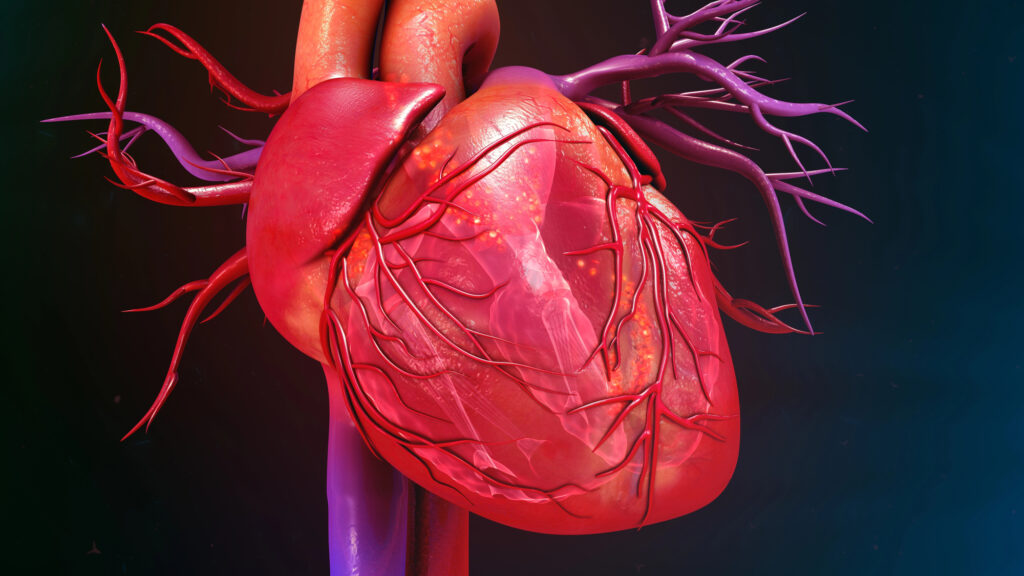Physical inactivity is a common factor in lifestyle diseases – and one that is often linked to the excessive 
These scenarios point to the crucial need to research the neurobiological processes that control the respective motivations for exercise and food intake. A study by Inserm and CNRS researchers published in JCI Insight reveals that the cannabinoid type 1 (CB1) receptors play an essential role in the choice between running and eating chocolatey food.
The lack of intrinsic motivation to engage in, and adhere to, physical exercise has major health consequences. However, the neurobiological bases of exercise motivation are still unknown. This study aimed at examining whether the endocannabinoid system (ECS) is involved in this process.
This study used pharmacological tools and conditional mutants for cannabinoid type-1 (CB1) receptors, 
The authors of this paper had previously reported that the cannabinoid type-1 (CB1) receptors, present on several types of neurons, play a key role in performance during physical activity in mice. A conclusion based on the performances achieved by animals with free access to an exercise wheel – a model in which it was not possible to distinguish the mechanism involved such as motivation or pleasure.
Given that the motivation for a reward can only be estimated by measuring the efforts that the individual – whether human or animal – is prepared to make to get that reward, the researchers devised a model in which each access to the wheel was conditional on a prior effort, such as:
- This involved the animal repeatedly introducing its snout into a recipient, an essential prerequisite for unlocking the wheel.
- After a training period during which the level of effort required to unlock the wheel remained the same, the mice were confronted with a test in which the effort required was gradually increased.
- When exposed to this test, the mice lacking CB1 receptors showed an 80 % deficit in the maximum effort they were prepared to make to unlock the wheel, and without a decrease in performance during their access to it.
- This finding indicates that the CB1 receptors play a major role in controlling motivation for exercise. The use of other genetically-modified mice also enabled the researchers to demonstrate that these CB1 receptors controlling motivation for exercise are located on GABAergic neurons.
- While the CB1 receptors also play a role in motivation for food – albeit to a lesser extent than in motivation for exercise – the CB1 receptors located on the GABAergic neurons are not implicated in the motivation for eating chocolatey food.
Beyond providing a paradigm that enables motivation processes for exercise to be dissected either singly or in concurrence, this study is the first to our knowledge to identify a neurobiological mechanism that might contribute to sedentary behavior.
In daily life, we are faced with an ongoing choice between various rewards. A fact which encouraged the researchers to develop a model in which following a learning period the mice had the choice – in return for the efforts described above – between exercise and chocolatey food. The motivation for exercise was greater than that for chocolatey food, with the exception of the mice lacking CB1 – whether generally or just on GABAergic neurons – whose preference was for the food.
The study authors admit that one obvious limitation of this proposal was that the research examined the role of this receptor population in animals that were offered the possibility to work to get only one single reward (running, palatable feeding). This paradigm is obviously different from human daily life where reward choices (including exercise vs. feeding) are permanent.
However, this study opens up avenues for researching the neurobiological mechanisms behind pathological increases in this motivation. One illustration is provided by anorexia nervosa which often combines the decreased motivation to eat with an increased motivation to exercise.
In conclusion, this study reveals by means of operant conditioning procedures that the ECS, through CB1 receptors located in GABAergic neurons, exerts a major tonically active control of the intrinsic motivation (“wanting”) to run, including when another reward, such as palatable feeding, is proposed as an alternative. The reward choice paradigm developed herein should facilitate the future discovery of the mechanisms responsible for pathological imbalances between exercise motivation and feeding motivation and whether these imbalances favor feeding over running (e.g., obesity) or running over feeding (e.g., restrictive anorexia nervosa).
Source: Carolina Muguruza, Bastien Redon, Giulia R. Fois, Imane Hurel, Amandine Scocard, Claire Nguyen, Christopher Stevens, Edgar Soria-Gomez, Marjorie Varilh, Astrid Cannich, Justine Daniault, Arnau Busquets-Garcia, Teresa Pelliccia, Stéphanie Caillé, François Georges, Giovanni Marsicano, Francis Chaouloff. The motivation for exercise over palatable food is dictated by cannabinoid type-1 receptors. JCI Insight, 2019; 4 (5) DOI: 10.1172/jci.insight.126190








